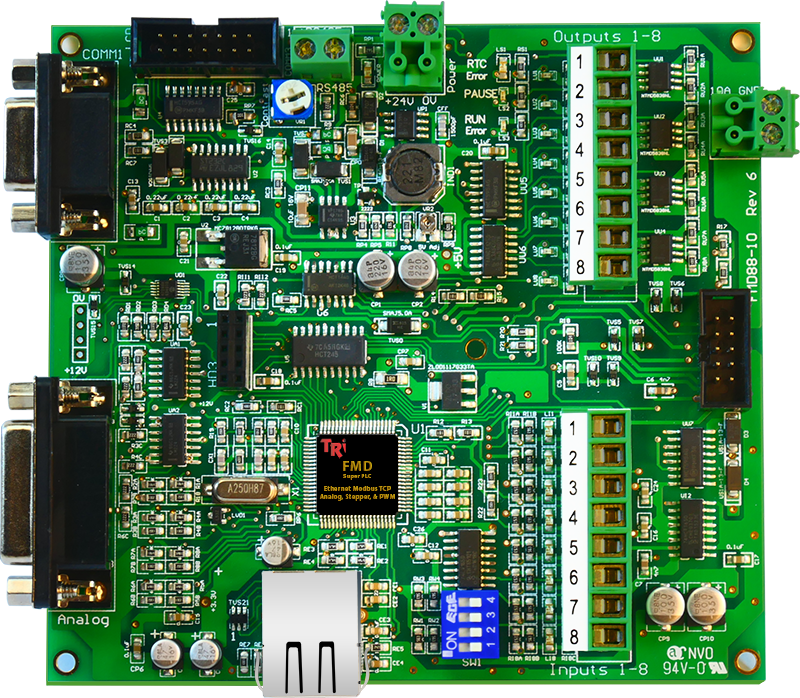Application Description
With the Plasaver, there are no sink marks on the part with a .045 to .350-inch wall thickness. Fitzpatrick says his "extrusion injection" technology almost works like gas-assist molding, with a steady stream of molten resin taking the place of gas, preventing sink by holding internal pack pressure and forcing sustained contact with mold cavity walls to force cooling. The extrusion injection technology also delivers larger shot sizes than thought possible with smaller machines. The machines use a constant pitch screw that's really designed to act as a pump, delivering material that's been brought to its melt temperature in a static state.
This machine represents his smallest standalone model. Fitzpatrick admits for his machines he doesn't really talk in terms of clamp tonnage. If he had to put a figure on it, this machine would have around 5-6 tons of clamp pressure, utilizing a toggle clamp. Where a conventional machine may start with injection pressures of 25,000psi to deliver 2000psi to the mold cavity, the Plasaver machine operates with much less pressure loss in the process and this means holding the mold shut with ½ to 1 ton of clamp pressure per inch of projected area as opposed to the industry standard 3-5 tons of clamp.
The smallest molding machine produced by Plasaver, which Fitzpatrick says would sell for just under $17,000, is plugged into a standard power strip, which itself, is simply plugged into a wall socket. Fitzpatrick figures about 1-1.5 kilowatt hours of power are drawn, for about $0.10-$0.15 of electricity per hour.
Fitzpatrick can build out custom designs, with a vertical press for insert molding in his shop at this time, as well as some standard output designs: the MP-20, with a 20g shot size; the MP-50 with a 50g shot; and an MP-100 with 100g shot size. Fitzpatrick figures the MP-100 could run an 8- or 16-cavity cap mold, while still only requiring 3 kilowatt hours of electricity.


